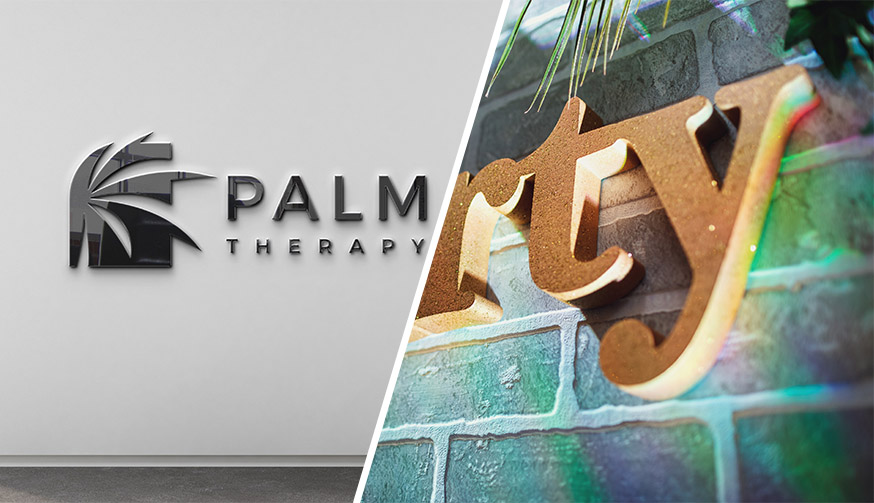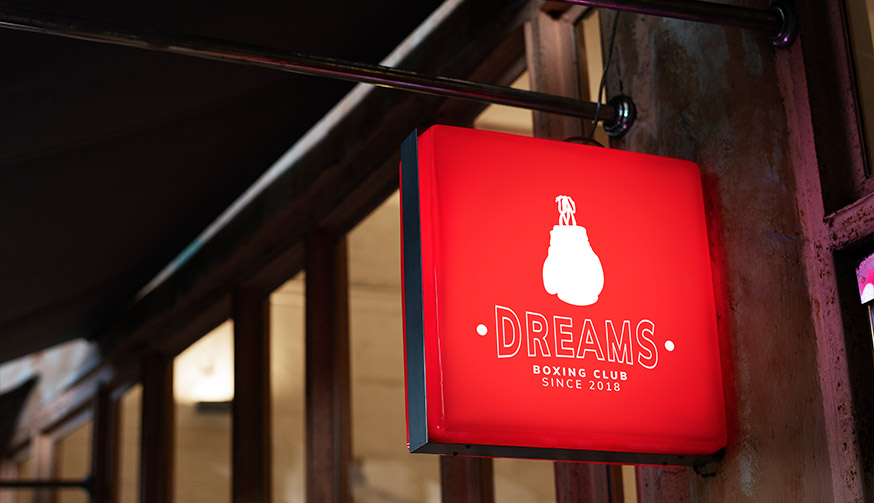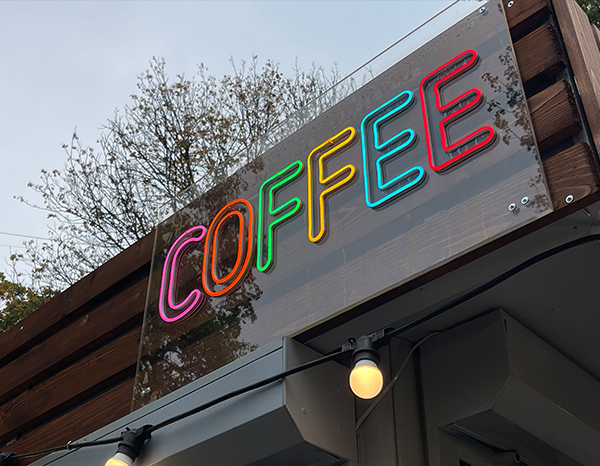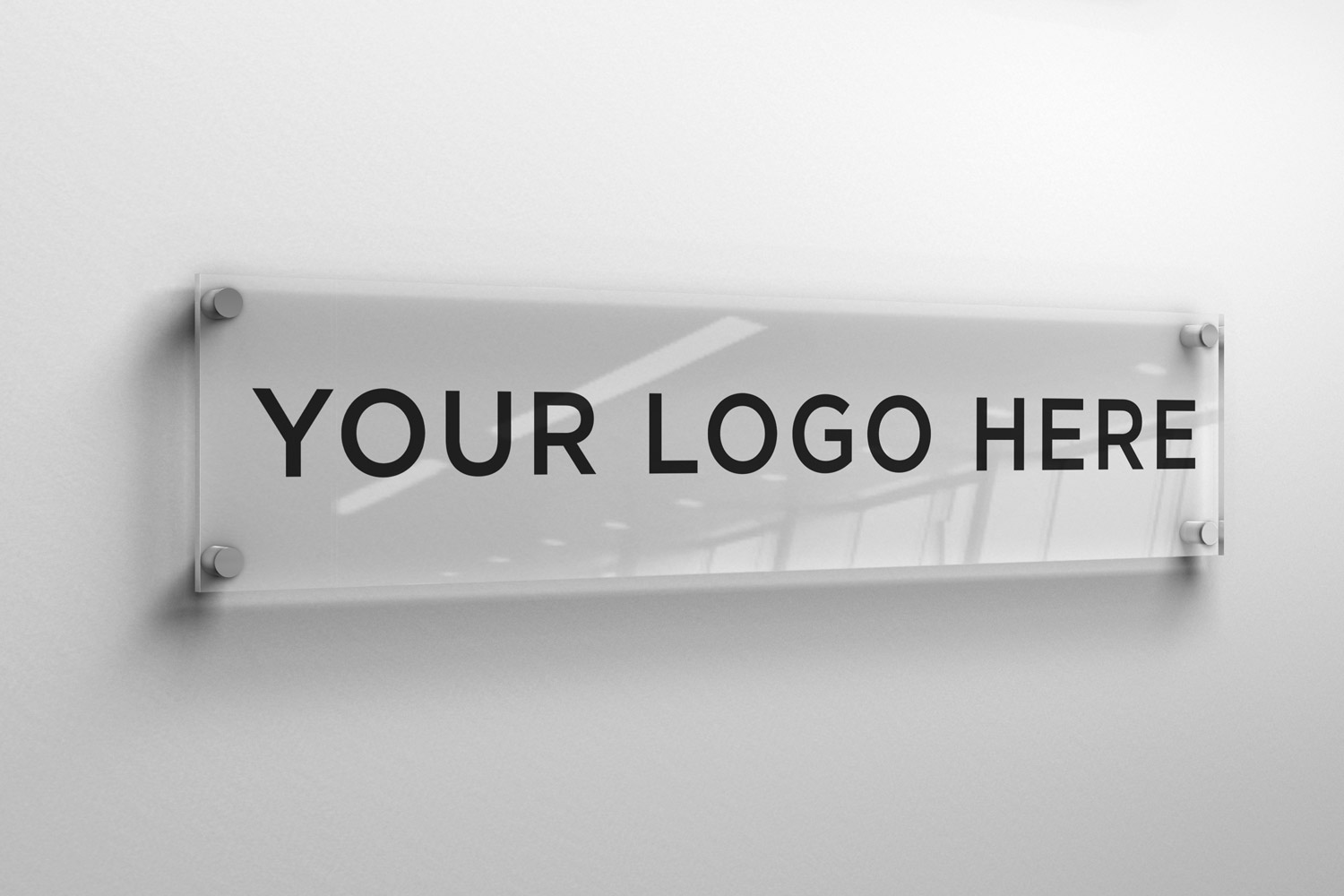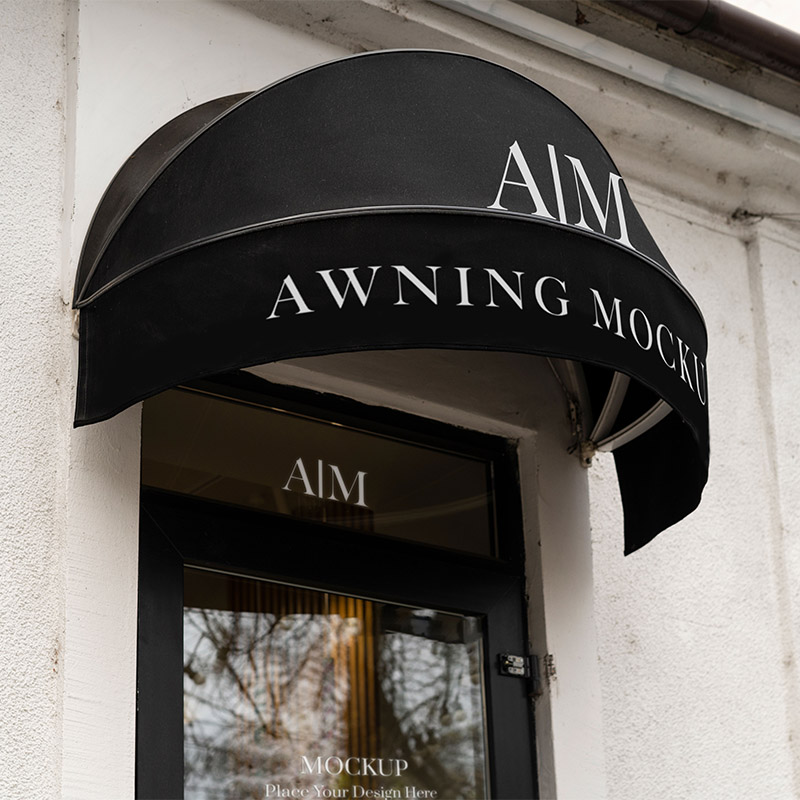Creating signage for indoor and outdoor environments requires careful consideration of various factors to ensure longevity, visibility, and overall effectiveness. Here’s an expanded explanation of the considerations for indoor vs. outdoor signage:
1. Environmental Factors:
- Indoor Signage: The indoor laser engraved sign environment is generally controlled and sheltered from harsh weather conditions. However, factors such as humidity, temperature fluctuations, and exposure to UV light can still affect indoor signage. Materials need to withstand these indoor environmental conditions without warping, fading, or deteriorating.
- Outdoor Signage: Outdoor laser engraved signs face a more challenging environment, including exposure to sunlight, rain, snow, wind, and fluctuating temperatures. The materials used for outdoor signs must be highly durable and weather-resistant to withstand these elements over time.
2. Material Selection:
- Indoor Signage: Common materials for indoor signage include acrylic, wood, and various plastics. These materials are chosen for their aesthetic appeal, versatility, and compatibility with interior design elements. While they don’t need to withstand extreme weather conditions, they should still be durable and resistant to wear and tear.
- Outdoor Signage: Outdoor signage materials must be robust and able to endure the elements. Options may include weather-resistant woods, metals like aluminum, or UV-resistant plastics. High-quality materials ensure that outdoor signs remain visually appealing and functional despite exposure to sun, rain, and temperature fluctuations.

3. UV Resistance:
- Indoor Signage: UV resistance may not be a primary concern for indoor laser engraved signs, but it’s still essential for materials that will be exposed to sunlight through windows. UV-resistant materials help prevent fading and maintain the vibrancy of colors over time.
- Outdoor Signage: UV resistance is crucial for outdoor signage to prevent colors from fading and graphics from deteriorating due to prolonged sun exposure. Signs that are not UV-resistant may experience discoloration and a loss of visual impact.
4. Waterproofing:
- Indoor Signage: While waterproofing may not be a significant concern for indoor signs, it’s essential to consider materials that are resistant to spills, moisture, and cleaning solutions. This ensures that indoor signs can be easily maintained and cleaned without compromising their integrity.
- Outdoor Signage: Waterproofing is a critical consideration for outdoor signs, especially in regions with frequent rain or snow. The use of water-resistant or waterproof materials, along with proper sealing techniques, helps prevent damage caused by moisture penetration.
5. Maintenance Requirements:
- Indoor Signage: Indoor laser engraved signs generally require less maintenance compared to outdoor signs. Regular dusting or gentle cleaning may be sufficient to keep them in good condition.
- Outdoor Signage: Due to exposure to the elements, outdoor signs may require more frequent maintenance. This can include cleaning, inspections for damage, and, if necessary, refinishing or repainting to maintain their visual appeal and functionality.
By understanding and addressing these considerations, businesses can choose the right materials and design strategies to create signage that effectively communicates their message, whether displayed indoors or outdoors.

